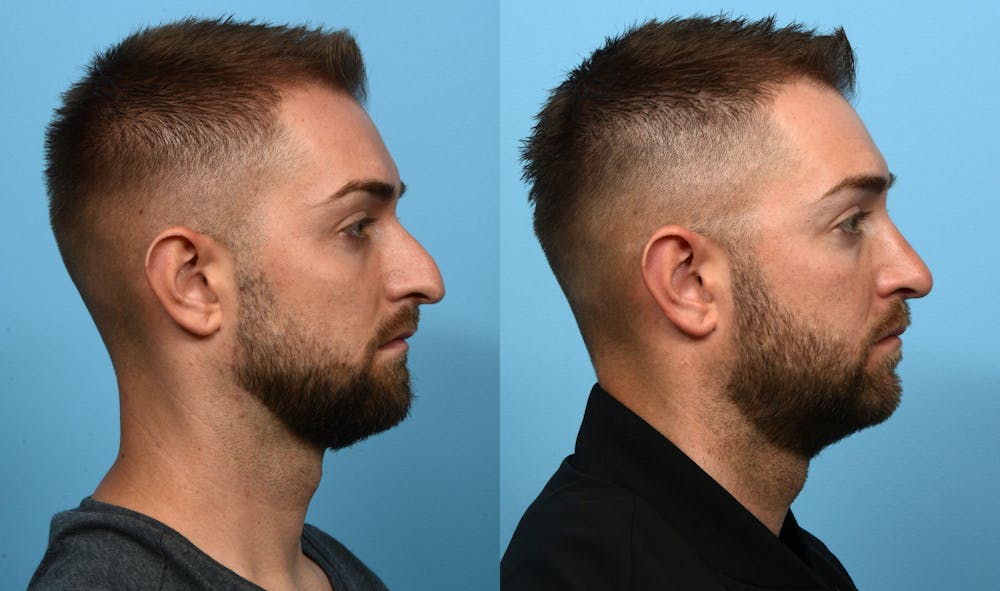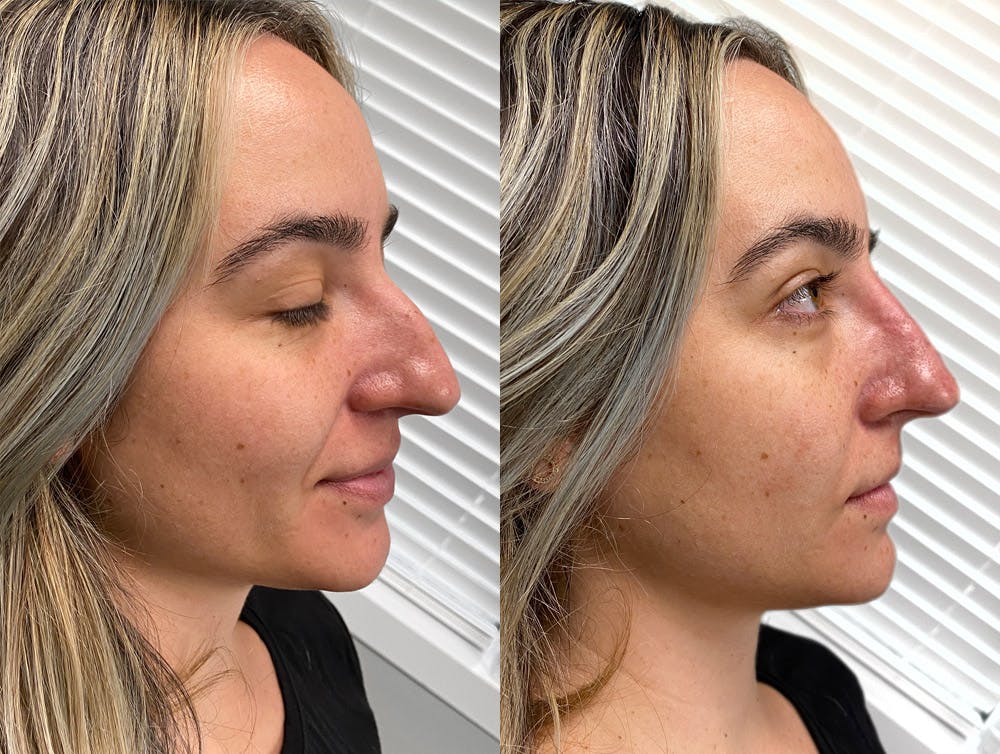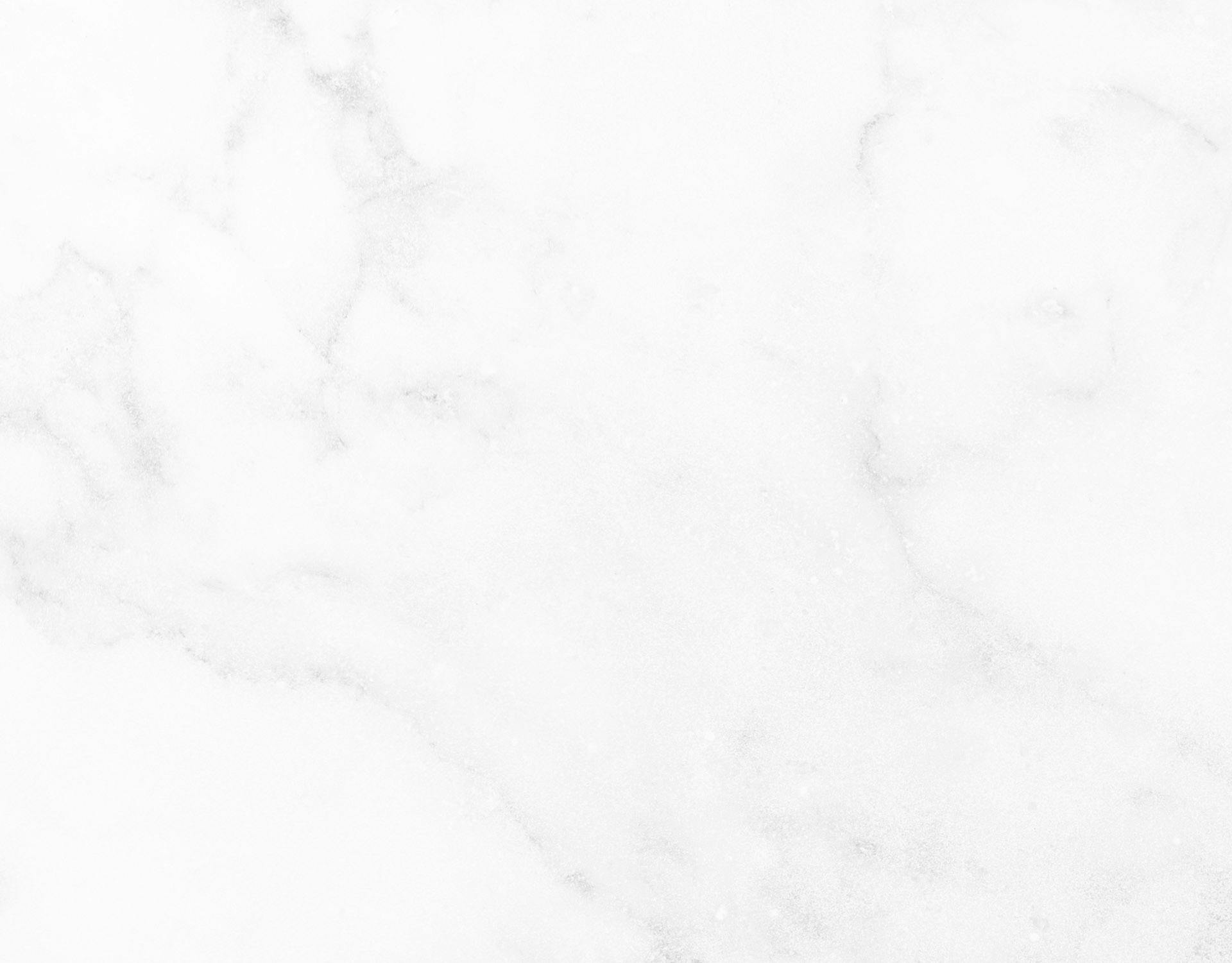Hundreds of thousands of Americans undergo rhinoplasty, or nose augmentation surgery, every year. Rhinoplasty can eliminate a large nasal hump or bridge, narrow the flare of wide nostrils, make the nose less bulbous, fix breathing issues, and so forth.
“Oftentimes, patients opt for a rhinoplasty when they feel their nose takes away from other facial features such as their smile or their eyes,” explains Dr. Jeffrey Wise, MD, FACS, a double board-certified surgeon specializing exclusively in facial plastic surgery. Dr. Wise is also the founder of the Wise Center for Plastic Surgery in Wayne NJ, where he has performed thousands of rhinoplasties.
“Rhinoplasty is a very complex surgery that involves small, fractional changes to the nose that can make a huge difference in how a person looks and feels about themselves,” the surgeon says. “It really a blend of skill and art,” the surgeon adds. “To achieve the right outcome depends on your facial structure, symmetry, the size of the nose, and your goals. The goal, at least in my practice, is to give you a new nose that not only complements the rest of your facial features, but looks so natural, others won’t be able to tell you underwent surgery.”
Rhinoplasty surgery can be performed as early as at the age of 15 for girls and 16 for boys, as by that time, the nose structures will have finished growing. There is no upper age limit for performing this procedure, provided the patient is in otherwise good health.

What the recovery process looks like
Patients are under full anesthesia during a rhinoplasty, Dr. Wise says, but can return home on the day of the procedure. Most of the major swelling resolves within a week or two.
“Typically, we have people avoid exercise for a period of one to two weeks,” Dr. Wise emphasizes. “Exercise increases your heart rate and blood pressure, which could adversely affect healing and cause more swelling and bruising. The other thing we don’t want you to do is to lie flat. You need your head elevated, meaning the head above your heart; and the last thing is to avoid excessive sun exposure. It can cause swelling of the site and adverse scar formation.”
Full results of a rhinoplasty surgery will take a few months, as the nose settles into its new shape.
Non-surgical options available
For more extensive changes, Dr. Wise recommends surgery. But sometimes, minor structure issues such as needing to add volume to your nose, smoothing out minor bumps, straightening a slightly crooked nose, or enhancing the tip of the nose can be done with non-surgical rhinoplasty.

Dr. Wise utilizes a combination of dermal fillers and Botox to fix minor bumps or asymmetry problems. “Non-surgical nose augmentation is a very complex procedure, requiring a strong understanding of the underlying structure and placement of nerves, blood vessels, and so forth,” the surgeon elaborates. He adds, “These injections need to be made very meticulously to properly reshape the nose, and achieve a beautiful result.” Non-surgical rhinoplasties are performed as a quick office procedure, have virtually no downtime, and typically last up to two years.
“Just like many other medical procedures, rhinoplasty surgery and non-surgical nose augmentation have evolved through the years, and today our patients enjoy results they could have only dreamed of in the past, which makes this very gratifying work for me,” Dr. Wise says.
View an entire gallery of before and after photos for surgical procedures by clicking here and for non-surgical procedures by clicking here. Considering rhinoplasty? Schedule a consultation using this Wise Center contact form or call (973) 305-1400.

